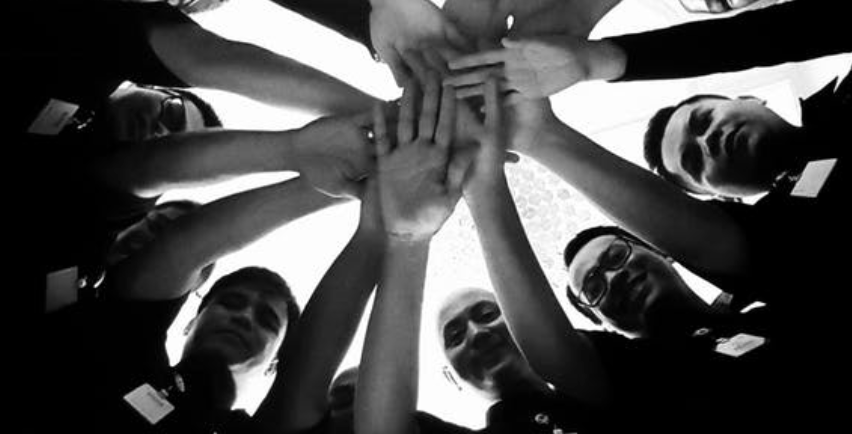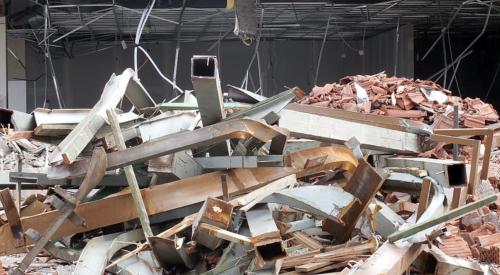Knowing where your business issues lie is important, but real improvement can only occur when you take the next step. Get your management team fully engaged and arm them with a consistent level of knowledge and skills to sell, build and deliver higher quality homes. By putting knowledge in the right hands, you can keep critical issues with construction quality from occurring in the first place, give everyone in your organization the confidence they need to consistently perform well, and retain more profit on your bottom line.
Regroup, Reenergize, and Refocus
We all know the production home building industry has changed in the last 18 months. In time though, the market will correct itself and come back strong. And as you pull out of the valley and demand for new homes in your market rises, so will your customers' expectations for a high-quality product.
Wasteful quality problems can occur regardless of your size, region or product mix. Proactive, giant builders like Pulte, Beazer Homes, K. Hovnanian, Standard Pacific Homes, Morrison Homes, Mercedes Homes and John Laing Homes have already taken some of the following steps to continuously improve their teams' quest for quality.
Step 1: Assess Your Strengths and Weaknesses
Where do your business processes break down? What construction quality issues offer the greatest opportunities for improvement across a particular division or region?
You can use process mapping to assess how different parts of your business are performing. From a construction quality perspective, Brad Oberg of IBACOS advises builder clients to use a set of performance checklists and third-party assessments to increase focus on durability; indoor air quality and safety; and occupancy comfort. These are typically the areas your team will have the least knowledge and that lead to the greatest business risk and, ultimately, the highest cost to repair.
Step 2: Coach Your Team on Top Issues
The quality assessments described in Step 1 will highlight not only your field teams' bad practices but also their best practices. It is also important to share both practices with the rest of your organization. Your priority is to triage to your top quality issues, then confidentially share case studies and prescribed solutions — often based on complex building science — with the rest of your front line.
Step 3: Train Your Team in Home Building Best Practices
Ensure your employees have the essential knowledge they need before issues even occur. Invest the time and resources into training your team and you will get back your investment many times over.
The most successful training programs adhere to the following rules:
- GET EXECUTIVE-LEVEL SPONSORSHIP
Your people want to do the right thing and deliver quality homes, but they may be torn between focusing on the day-to-day aspects of their jobs and expanding their skill sets. They need to know that the leaders within your company have set education as a key priority. If you don't commit to the process, neither will they.
Develop a training structure that aligns with your growth objectives and one that employees can begin to use as soon as they are hired. Also, incorporate the program into the employee's career development pathway to keep education a high priority within the organization.
- CREATE A CULTURE FOR LEARNING AND MENTORING
To ensure your people are engaged in the training process, create a supportive environment for learning at the local/divisional level. According to Bryan Binney, Shea Homes San Diego's vice president of operations, the right approach can spark real interest and discussion around best practices. Shea assigns a single online course to its construction team each month. Because everyone is taking the same course at the same time, their associates are studying together and discussing the topics at the job site.
- FOLLOW A BLENDED APPROACH
Different employees learn and retain information differently. Take a look at who you are planning to train and what skills you want them to develop or expand, and build your program accordingly.
There are several approaches to sharing best practices with your team. I always recommend a blended approach to training that combines tools such as in-field instruction, classroom training, self-study and online education. Individually, each aspect has its benefits. In-field instruction puts the information in context of your team's day-to-day activities. Classroom training offers person-to-person instruction without some of the distractions of the job site. Self-paced, online training complements these other mediums, increasing speed and consistency across your diverse organization while leveraging your investment.
If you take a blended approach, you can account for each type of learner and generate better results overall from your training initiative.
- LEVERAGE BEST PRACTICE CONTENT AND MATERIALS
A positive attitude and support from every level of your organization is important, but if the content isn't up to par and engaging, your efforts will be wasted. Combine clear, concise explanations and plenty of colorful graphics to create a best practice curriculum and identify a champion to guide your program. See the chart for a starting point of best practice topics that would be valuable for your team.
Do you have experts internally that can shape your curriculum? Do you need to rely on outside resources? Either approach can work. Just make sure you trust the source of your information, and make sure you calculate the ROI for developing the program internally versus outsourcing the development, which is important in a tough market.
If other divisions within your company or other friends of yours in the building industry are engaged in a training program, ask them who they would recommend and why. Don't reinvent the wheel; search for the best practices and use them.
- CROSS-TRAIN YOUR TEAMS
Information that is beneficial to your construction team is often of value to purchasing, customer service and other departments in your company.
- TRACK, MEASURE, AND RECOGNIZE YOUR TEAM'S PROGRESS
Be sure to track progress, encourage your people to stick with it and congratulate them as they reach key milestones. If you keep a watchful eye on your training program, you can make adjustments to your curriculum and approach as needed and reap even greater benefits.
| SALES | PURCHASING | CONSTRUCTION | CUSTOMER SERVICE | |
| Construction Basics | • | • | • | |
| Setting/Managing Customer Expectations | • | • | ||
| Job Site Safety | • | • | ||
| Storm Water Pollution Prevention | • | |||
| House Placement and Excavation | • | • | ||
| Foundations | • | • | • | |
| Framing | • | • | • | |
| Mechanicals | • | • | • | |
| Insulation and Air Sealing | • | • | • | |
| Drywall | • | • | • | |
| Water Management | • | • | • | |
| Mold Remediation | • |
BuildIQ provides online training on best practices in home building to enable builders to take their business to the next level of quality and performance. More information can be found at buildiqu.com.













